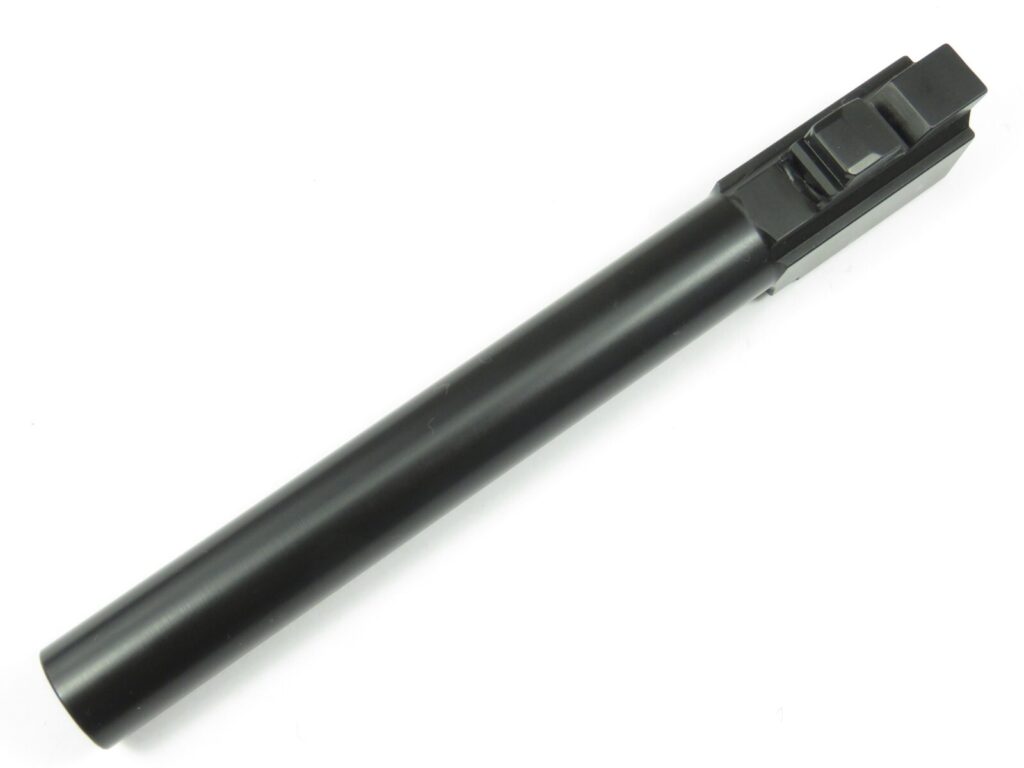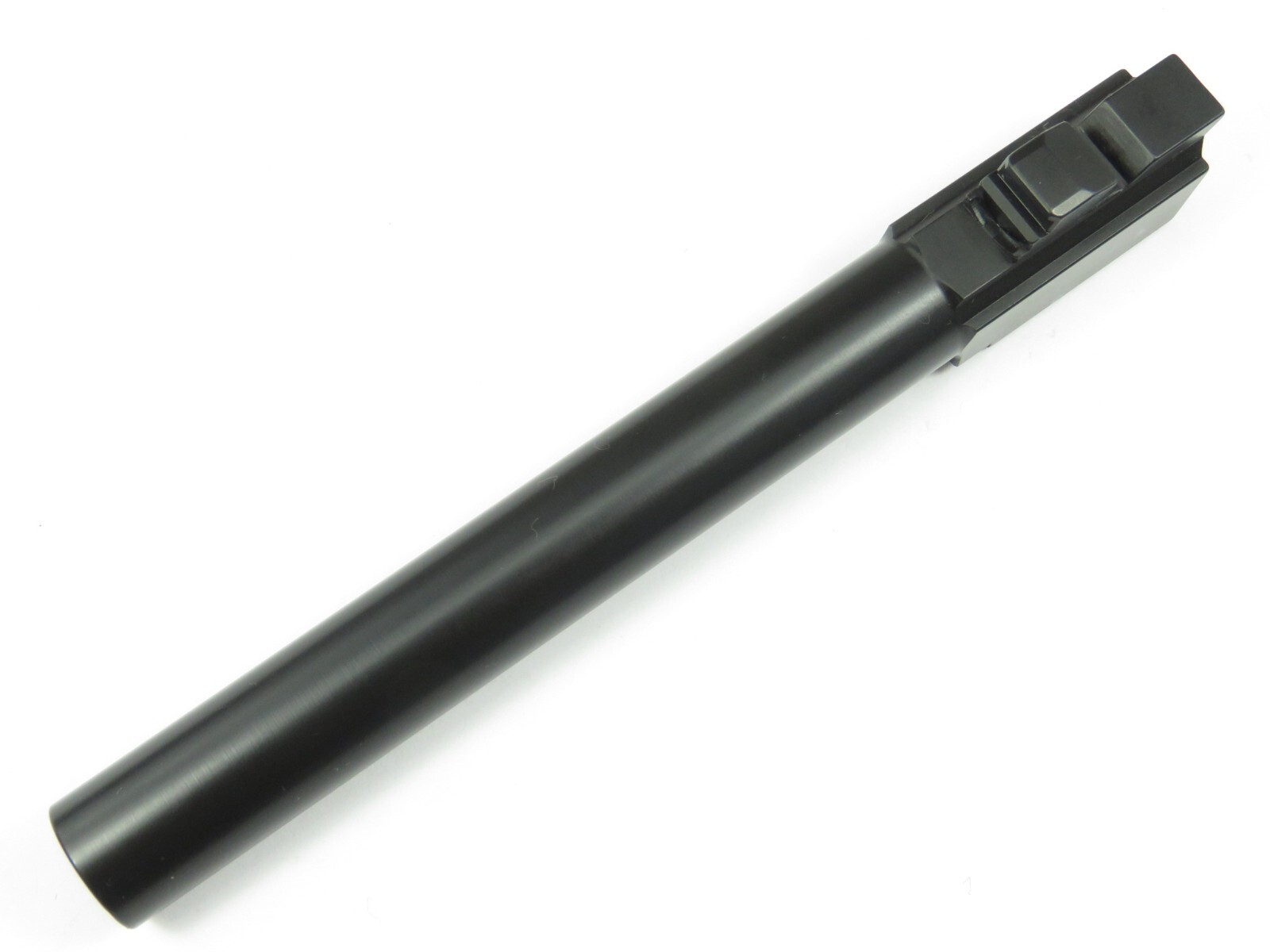
9×25 Dillon vs .357 SIG: Ballistics, Performance, and Choosing the Right Round
Choosing the right ammunition is critical for any firearm enthusiast, whether for self-defense, competition, or hunting. Two popular high-velocity cartridges often compared are the 9×25 Dillon and the .357 SIG. Both offer impressive performance, but they achieve it through different designs and have distinct advantages and disadvantages. This comprehensive guide will delve into a detailed comparison of the 9×25 Dillon vs .357 SIG, exploring their ballistics, performance characteristics, applications, and ultimately helping you determine which cartridge best suits your needs. We’ll examine the nuances of each round, relying on both published data and simulated real-world scenarios, to give you the clearest possible picture.
Understanding the Cartridge Design and History
Before diving into the performance metrics, it’s important to understand the origins and design philosophies behind each cartridge. This provides context for their respective strengths and weaknesses.
The 9×25 Dillon: A High-Velocity Wildcat
The 9×25 Dillon is a bottleneck cartridge created by Dillion Precision, primarily for competitive shooting, specifically IPSC (International Practical Shooting Confederation). It necks down a 10mm Auto cartridge to accept a 9mm bullet. This design results in extremely high velocities, flat trajectories, and significant energy transfer. The 9×25 Dillon is not a SAAMI (Sporting Arms and Ammunition Manufacturers’ Institute) standardized cartridge, classifying it as a “wildcat.” Because of this, ammunition availability is limited compared to more common rounds.
The .357 SIG: A Modern Law Enforcement Option
The .357 SIG, developed jointly by SIG Sauer and Federal Cartridge, was introduced in 1994. It was designed to replicate the ballistics of the .357 Magnum revolver cartridge in a semi-automatic pistol platform. The .357 SIG also uses a bottleneck design, necking down a .40 S&W cartridge to accept a 9mm (.357″) bullet. Unlike the 9×25 Dillon, the .357 SIG is a SAAMI-standardized cartridge, making ammunition more readily available and firearms chambered for it more common.
Ballistic Performance: Velocity, Energy, and Trajectory
The core of any cartridge comparison lies in its ballistic performance. Let’s examine the key metrics of velocity, energy, and trajectory for both the 9×25 Dillon and the .357 SIG.
Velocity and Energy: The Need for Speed
The 9×25 Dillon is renowned for its exceptionally high velocity. Typical loads can push a 115-grain 9mm bullet to velocities exceeding 1700 feet per second (fps), generating muzzle energies in excess of 700 foot-pounds (ft-lbs). This high velocity translates to a flatter trajectory and increased energy upon impact.
The .357 SIG, while not as extreme as the 9×25 Dillon, still offers impressive velocities. A typical 125-grain bullet fired from a .357 SIG can achieve velocities around 1350 fps, producing muzzle energies in the 500-550 ft-lbs range. This is significantly higher than standard 9mm loads and comparable to some .357 Magnum revolver rounds.
Trajectory: Flat Shooting for Accuracy
The flatter trajectory of the 9×25 Dillon is a significant advantage, especially for longer-range shots. The high velocity reduces bullet drop, making it easier to maintain accuracy at extended distances. This is particularly beneficial in competitive shooting scenarios where targets may be at varying ranges.
The .357 SIG also offers a relatively flat trajectory compared to slower, heavier bullets. While not as flat-shooting as the 9×25 Dillon, its trajectory is still sufficient for most self-defense and law enforcement applications.
Ballistic Coefficient and Sectional Density
Ballistic coefficient (BC) and sectional density (SD) are important factors to consider when evaluating a cartridge’s performance. BC measures a bullet’s ability to overcome air resistance, while SD measures a bullet’s penetration potential based on its weight and diameter.
The 9×25 Dillon, typically using lighter 9mm bullets, may have a slightly lower BC compared to some .357 SIG loads with heavier bullets. However, the higher velocity of the 9×25 Dillon often compensates for this, resulting in similar or better long-range performance. Sectional density is also a factor, and bullet selection plays a crucial role in optimizing both cartridges for specific applications.
Recoil and Handling: Controllability Under Pressure
Recoil is a critical factor to consider, especially for rapid follow-up shots and overall shooting comfort. Both the 9×25 Dillon and the .357 SIG generate significant recoil, but the nature of that recoil differs.
Recoil Impulse: Sharp vs. Manageable
The 9×25 Dillon is known for its sharp, snappy recoil. The high velocity and light bullet contribute to a rapid recoil impulse that can be challenging for some shooters to control, particularly in lightweight pistols. Experienced shooters and those with a strong grip can manage it effectively, but it requires practice.
The .357 SIG produces a more manageable recoil impulse. While still significant, the recoil is generally perceived as a heavier push rather than a sharp snap. This makes it easier for a wider range of shooters to control, especially in duty-sized pistols.
Muzzle Rise: Staying on Target
Muzzle rise, the upward movement of the firearm during recoil, is another important aspect of handling. Excessive muzzle rise can slow down follow-up shots and reduce accuracy.
The 9×25 Dillon tends to exhibit more muzzle rise due to its higher velocity and sharper recoil. Controlling this muzzle rise requires a firm grip and proper shooting technique.
The .357 SIG, with its more moderate recoil impulse, generally exhibits less muzzle rise, making it easier to stay on target for subsequent shots.
Applications: Where Each Cartridge Excels
The 9×25 Dillon and the .357 SIG are suited for different applications based on their performance characteristics.
9×25 Dillon: Competition and Specialized Use
The 9×25 Dillon is primarily used in competitive shooting, particularly in IPSC and USPSA (United States Practical Shooting Association) competitions. Its flat trajectory, high velocity, and significant energy transfer make it ideal for engaging targets at varying distances quickly and accurately. Some individuals also use the 9×25 Dillon for hunting small to medium-sized game, but its limited ammunition availability and specialized nature make it less practical for general use.
.357 SIG: Law Enforcement and Self-Defense
The .357 SIG was originally designed for law enforcement applications, offering a flatter trajectory and higher energy than standard 9mm rounds. Several law enforcement agencies adopted the .357 SIG, appreciating its performance in barrier penetration and stopping power. While its popularity in law enforcement has waned somewhat, it remains a viable option for self-defense, offering a significant upgrade in performance compared to standard 9mm or .40 S&W rounds. Many argue it provides a good balance of power and controllability for defensive use.
Ammunition Availability and Cost: Practical Considerations
Ammunition availability and cost are important factors to consider when choosing a cartridge for regular use.
9×25 Dillon: Limited and Expensive
The 9×25 Dillon is a niche cartridge, and ammunition is not widely available. It is typically more expensive than other common pistol cartridges, such as 9mm, .40 S&W, or .45 ACP. Reloading is a popular option for 9×25 Dillon enthusiasts, allowing them to tailor loads to their specific needs and reduce costs.
.357 SIG: More Common, But Still Premium
The .357 SIG is more readily available than the 9×25 Dillon, but it is still considered a premium cartridge. Ammunition costs are generally higher than standard 9mm or .40 S&W rounds but lower than the more obscure 9×25 Dillon. Several major ammunition manufacturers produce .357 SIG ammunition, offering a variety of bullet weights and styles.
Firearm Availability: Platforms and Conversions
The availability of firearms chambered for each cartridge is another important consideration.
9×25 Dillon: Custom Builds and Conversions
Firearms chambered in 9×25 Dillon are not commonly available as factory models. Most 9×25 Dillon firearms are custom builds or conversions of existing 10mm Auto pistols. This can add to the overall cost and complexity of owning a 9×25 Dillon firearm.
.357 SIG: Factory Options Available
Several manufacturers offer firearms chambered in .357 SIG, including Glock, SIG Sauer, and Smith & Wesson. This makes it easier to find a suitable firearm without resorting to custom builds or conversions. Many .40 S&W pistols can be converted to .357 SIG with a simple barrel swap, adding to the versatility of the .357 SIG platform.
Real-World Performance and Expert Opinions
Beyond the numbers, real-world performance and expert opinions offer valuable insights into the practical application of each cartridge.
9×25 Dillon: Extreme Performance, Niche Application
Users of the 9×25 Dillon often report exceptional accuracy and flat trajectories, making it ideal for competitive shooting. However, some find the recoil challenging to manage, especially in rapid-fire scenarios. Experts generally agree that the 9×25 Dillon is a specialized cartridge best suited for experienced shooters and competitive applications.
.357 SIG: A Balance of Power and Controllability
.357 SIG users often praise its stopping power and flatter trajectory compared to standard 9mm rounds. Law enforcement agencies that adopted the .357 SIG reported increased effectiveness in certain situations. Experts often describe the .357 SIG as a good compromise between power and controllability, making it a viable option for both law enforcement and self-defense.
Pros and Cons: A Quick Overview
Here’s a concise summary of the advantages and disadvantages of each cartridge.
9×25 Dillon
- Pros: Exceptionally high velocity, extremely flat trajectory, significant energy transfer.
- Cons: Limited ammunition availability, high cost, sharp recoil, mostly custom firearms.
.357 SIG
- Pros: Good velocity and energy, flatter trajectory than 9mm, more readily available ammunition, factory firearm options.
- Cons: Higher cost than 9mm, more recoil than 9mm, not as powerful as some other cartridges.
Making the Right Choice: Factors to Consider
Choosing between the 9×25 Dillon and the .357 SIG depends on your specific needs and priorities.
Considerations for the 9×25 Dillon
If you are a competitive shooter looking for the flattest trajectory and highest velocity possible, and you are willing to reload your own ammunition and potentially build a custom firearm, the 9×25 Dillon may be a good choice. However, be prepared for the challenges of managing the recoil and the higher cost of ammunition.
Considerations for the .357 SIG
If you are looking for a self-defense or law enforcement cartridge that offers a significant upgrade in performance compared to standard 9mm rounds, and you want the convenience of factory ammunition and firearm options, the .357 SIG may be a better choice. While it is more expensive than 9mm, it offers a good balance of power and controllability.
Comparing Alternatives: 10mm Auto and .40 S&W
It’s worth briefly considering alternatives like the 10mm Auto and .40 S&W. The 10mm Auto offers even more power than the .357 SIG, but with significantly more recoil. The .40 S&W is a common cartridge that provides a balance of power and controllability, but it lacks the flat trajectory of the .357 SIG and 9×25 Dillon. The choice ultimately depends on your individual needs and preferences.
The Verdict: Performance vs Practicality
Ultimately, both the 9×25 Dillon and the .357 SIG are capable cartridges with distinct strengths and weaknesses. The 9×25 Dillon offers extreme performance for specialized applications, while the .357 SIG provides a more practical balance of power and controllability for self-defense and law enforcement. Choosing the right cartridge depends on your individual needs, priorities, and willingness to manage recoil and ammunition costs. Thoroughly consider your intended use and skill level before making a decision. If you prioritize readily available ammunition and manageable recoil, the .357 SIG is likely the better option. However, if you demand the absolute flattest trajectory and highest velocity for competition, the 9×25 Dillon might be worth the investment and effort.

